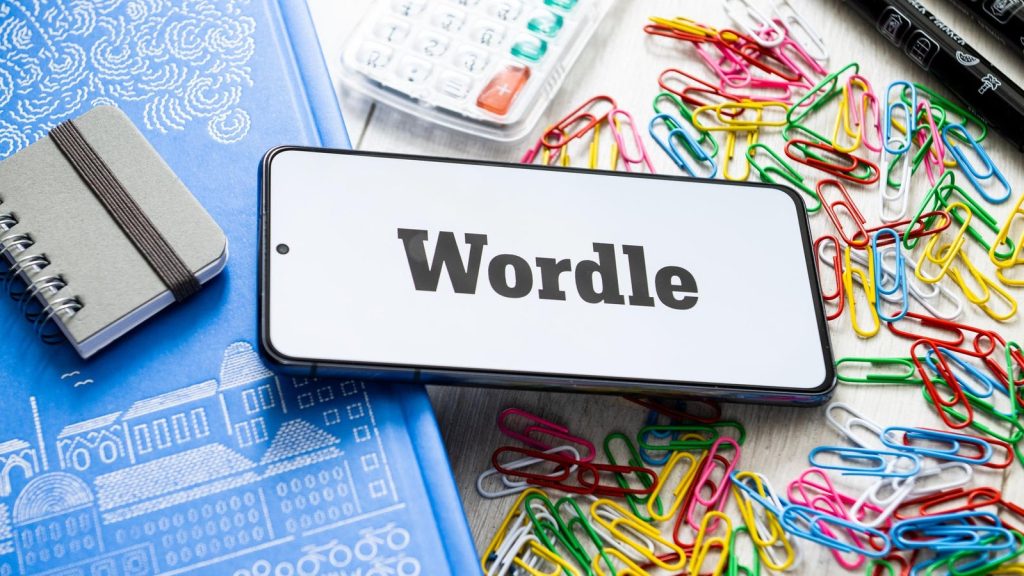Looking for Monday’s Wordle hints, clues and answer? You can find them here:
I’ve decided to start the month of July out by getting a bunch of stuff done. Busywork. Paperwork. Bills and the like. Calling various customer service agents to sort out various issues. Mobile phone companies. Internet. All the stuff I really, really hate dealing with.
To counter this headache, I’m trying to get out on my early morning hikes and clear my mind as often as possible. And, of course, distract myself from the terror and tedium of existence with lots and lots of games! Speaking of which, let’s do this Wordle!
How To Solve Today’s Wordle
The Hint: An ornamental insert of sorts.
The Clue: This Wordle begins with a vowel.
Okay, spoilers below!
.
.
.
The Answer:
Wordle Analysis
Every day I check Wordle Bot to help analyze my guessing game. You can check your Wordles with Wordle Bot right here.
I thought CLOUT was going to do better than it did. With 231 words remaining and just one yellow box, I tried rearranging the ‘L’ and guessing new vowels with SHALE. This didn’t do that well, either, though I snagged a yellow ‘A’. BALMY was the closest thing to a perfect third guess you could get, however, and left me with just one option: INLAY. Tricky word!
Competitive Wordle Score
I lose a point because the Wordle Bot got super, super lucky and guessed in three and I get 0 for guessing in four. Lame!
How To Play Competitive Wordle
- Guessing in 1 is worth 3 points; guessing in 2 is worth 2 points; guessing in 3 is worth 1 point; guessing in 4 is worth 0 points; guessing in 5 is -1 points; guessing in 6 is -2 points and missing the Wordle is -3 points.
- If you beat your opponent you get 1 point. If you tie, you get 0 points. And if you lose to your opponent, you get -1 point. Add it up to get your score. Keep a daily running score or just play for a new score each day.
- Fridays are 2XP, meaning you double your points—positive or negative.
- You can keep a running tally or just play day-by-day. Enjoy!
Today’s Wordle Etymology
The word “inlay” originates from the Middle English term “inlaien,” which means “to lay in” or “to insert.” This term itself comes from the Old English “inlæggen,” which combines “in,” meaning “into,” and “læggen,” meaning “to lay” or “to place.” The usage of “inlay” refers to the practice of embedding materials such as wood, metal, or other substances into the surface of an object to create decorative patterns or designs.
Be sure to check out my blog for my daily Wordle and Strands guides as well as all my other writing about TV shows, streaming guides, movie reviews, video game coverage and much more. Thanks for stopping by!
Read the full article here










